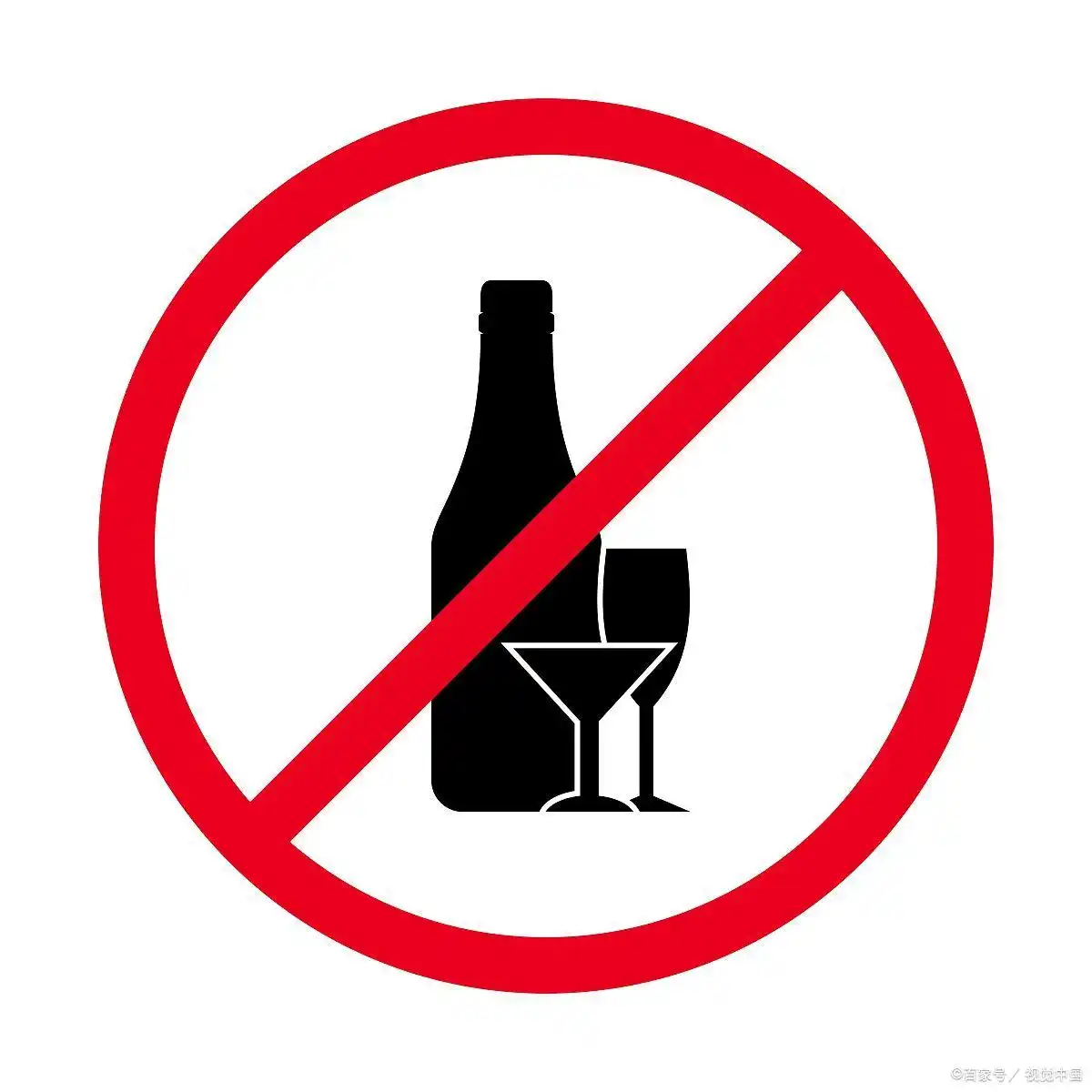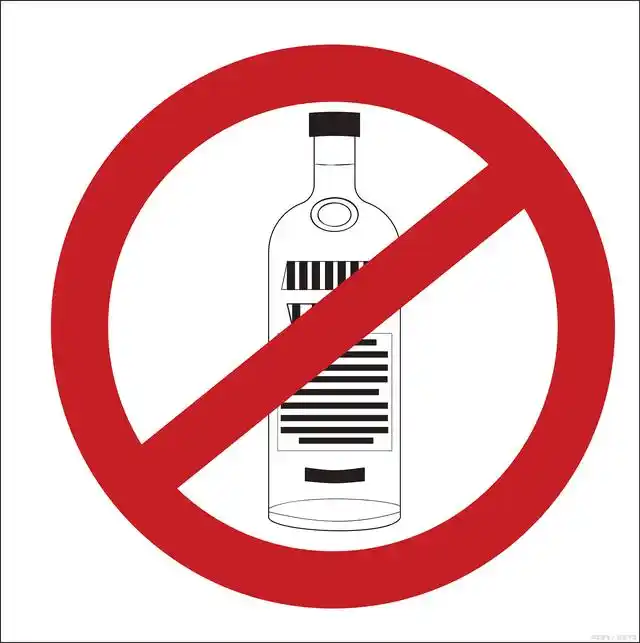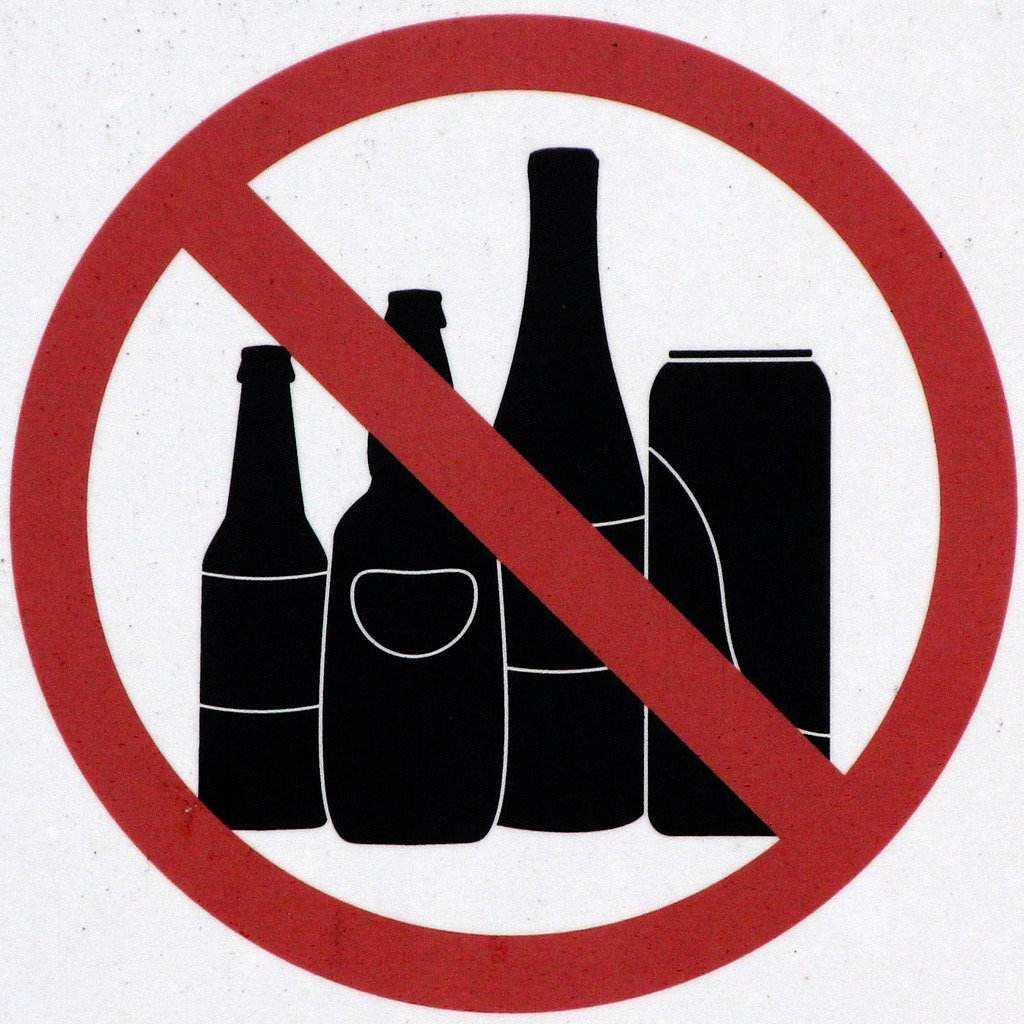Title: Navigating the Path to Sobriety: A Risk Management Approach to Alcohol Recovery and Abstinence
Introduction
Alcohol addiction is a complex and multifaceted challenge that affects millions of individuals worldwide. The journey toward sobriety is often fraught with obstacles, including physical dependence, psychological triggers, and social pressures. Traditional recovery programs have primarily focused on abstinence as the ultimate goal, but achieving and maintaining sobriety requires a comprehensive strategy that addresses the myriad risks along the way. This article explores a risk management framework for alcohol recovery programs, designed to support individuals in their pursuit of abstinence by identifying, assessing, and mitigating potential threats to their sobriety.
Understanding Alcohol Addiction and the Need for Risk Management
Alcohol use disorder (AUD) is characterized by an inability to control drinking despite adverse consequences. It is a chronic condition that involves changes in brain chemistry, making abstinence difficult without structured support. Recovery is not a linear process; relapse is common and often part of the journey. However, each relapse carries risks—not only to physical health but also to mental well-being and social stability.

A risk management approach to alcohol recovery recognizes that abstinence is the goal but acknowledges that the path is unpredictable. By treating recovery as a dynamic process with identifiable risks, individuals and their support networks can develop proactive strategies to navigate challenges. This approach shifts the focus from mere avoidance of alcohol to building resilience and adaptive coping mechanisms.
Key Components of a Risk Management Alcohol Recovery Program
1. Risk Identification
The first step in managing risks in alcohol recovery is identifying potential triggers and vulnerabilities. These can be categorized into internal and external risks:
- Internal Risks: These include emotional states such as stress, anxiety, depression, and boredom, which can lead to cravings. Physical factors, like fatigue or illness, may also weaken resolve.
- External Risks: Social environments, such as gatherings where alcohol is present, peer pressure, or exposure to advertising, can pose significant threats. Life events, such as job loss or relationship conflicts, are also common external triggers.
A thorough assessment at the beginning of the recovery process helps individuals and counselors create a personalized risk profile. Tools like journaling, self-reflection exercises, and professional evaluations can aid in this identification phase.
2. Risk Assessment
Once risks are identified, the next step is to evaluate their severity and likelihood. This involves understanding which triggers are most potent and under what circumstances they arise. For example, an individual might find that stress at work is a high-risk factor, while social events are manageable with preparation.
Risk assessment should be an ongoing process, as triggers can evolve over time. Regular check-ins with counselors, support groups, or through digital tracking apps can help individuals stay aware of their changing risk landscape.
3. Risk Mitigation Strategies
Mitigation involves developing concrete plans to reduce the impact of identified risks. Strategies can be preventive, aimed at avoiding triggers, or responsive, designed to manage cravings if they occur. Key mitigation techniques include:
- Cognitive Behavioral Therapy (CBT): This helps individuals reframe negative thought patterns and develop healthier responses to triggers.
- Mindfulness and Meditation: These practices enhance emotional regulation and reduce impulsivity.
- Social Support Networks: Engaging with support groups like Alcoholics Anonymous (AA) or SMART Recovery provides a community of peers who understand the challenges of recovery.
- Environmental Adjustments: This may involve avoiding certain places or people associated with drinking, or creating alcohol-free spaces at home.
- Medication-Assisted Treatment (MAT): For some, medications like naltrexone or acamprosate can reduce cravings and support abstinence.
4. Contingency Planning
Despite best efforts, setbacks may occur. Contingency planning prepares individuals for these moments by outlining steps to take if a relapse happens. This includes:
- Emergency Contacts: Having a list of people to call for immediate support.
- Crisis Intervention Plans: Knowing when to seek professional help, such as contacting a therapist or checking into a treatment facility.
- Post-Relapse Analysis: After a setback, reviewing what led to the relapse and adjusting the risk management plan accordingly.
5. Monitoring and Review
Recovery is a lifelong journey, and risks can change over time. Regular monitoring—through self-assessment, counselor sessions, or support group meetings—ensures that the risk management plan remains relevant. Celebrating milestones and acknowledging progress is also crucial for maintaining motivation.
The Role of Technology in Risk Management
Modern technology offers innovative tools to support risk management in alcohol recovery. Mobile apps can track moods, cravings, and triggers, providing real-time data to individuals and their counselors. Wearable devices can monitor physiological signs of stress, alerting users to potential risks before they escalate. Online support communities and teletherapy platforms make help accessible anytime, anywhere, reducing barriers to care.
Conclusion
Abstinence from alcohol is a commendable goal, but it requires more than willpower alone. A risk management approach to alcohol recovery provides a structured, proactive framework for navigating the complexities of sobriety. By identifying, assessing, and mitigating risks, individuals can build resilience and increase their chances of long-term success. This method acknowledges that recovery is not about perfection but about progress, learning, and adaptation. With the right strategies and support, lasting abstinence is achievable.



发表评论